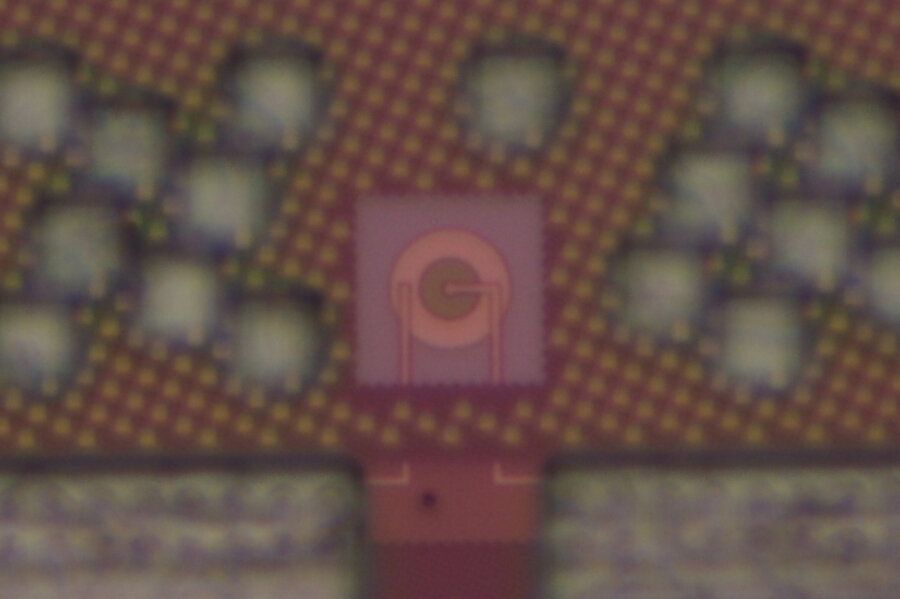Mushroom buildings! 😃
Using mycelium, Bay-area designer Phil Ross creates an 6X6 arch out of mushroom roots turned into bricks, and he wants to build a house next.


Science fiction is shifting into reality. With humanity’s plans to return to the moon this decade and further ambitions to travel to Mars in the next, we need to figure out how to keep astronauts healthy for these years-long missions. One solution long championed by science fiction is suspended animation, or putting humans in a hibernation-like sleep for the duration of travel time.
We can turn to nature for guidance and a potential solution to this challenge.

Light-emitting diodes—LEDs—can do way more than illuminate your living room. These light sources are useful microelectronics too.
Smartphones, for example, can use an LED proximity sensor to determine if you’re holding the phone next to your face (in which case the screen turns off). The LED sends a pulse of light toward your face, and a timer in the phone measures how long it takes that light to reflect back to the phone, a proxy for how close the phone is to your face. LEDs are also handy for distance measurement in autofocus cameras and gesture recognition.
One problem with LEDs: It’s tough to make them from silicon. That means LED sensors must be manufactured separately from their device’s silicon-based processing chip, often at a hefty price. But that could one day change, thanks to new research from MIT’s Research Laboratory of Electronics (RLE).

Although a single cataclysmic event gained most attention this year — the COVID pandemic — there were many other newsworthy developments in science and research, from daring space missions to room-temperature superconductors.
Mars missions, record‑breaking wildfires and a room‑temperature superconductor are among this year’s top non‑COVID stories.

Things are about to get… hairy.
Wait, are black holes fuzzballs, or are they hairless? The big quest to understand black holes continues in the form of new research about the fastest-spinning examples. Scientists have found that while most black holes follow a particular theorem about what falls inside, a black hole spinning fast enough can extend “hairs” all the way back into regular space.
An international team of astronomers today announced the discovery of a rare molecule — phosphine — in the clouds of Venus. This detection could point to extra-terrestrial “aerial” life in the Venusian atmosphere. Watch our summary of the discovery.
An international team of astronomers announced the discovery of a rare molecule — phosphine — in the clouds of Venus.
On Earth, phosphine gas is only made industrially or by microbes that thrive in oxygen-free environments.

Researchers used the powerful X-rays of the Advanced Photon Source to see the preserved remains of an ancient Egyptian girl without disturbing the linen wrappings. The results of those tests point to a new way to study mummified specimens.
The mummified remains of ancient Egyptians hold many secrets, from the condition of the bodies to the artifacts placed within the burial garments. Now a team of researchers has found a way to unwrap those secrets, without unraveling the mummies themselves.
Three years ago, researchers from Northwestern University, in preparation for an exhibit on campus, carefully transported a 1, 900-year-old mummy to the Advanced Photon Source (APS), a U.S. Department of Energy (DOE) Office of Science User Facility at DOE ’s Argonne National Laboratory. There scientists used powerful X-ray beams to peer inside the layers of linen and resin to examine the 2, 000-year-old bones and objects buried within.
